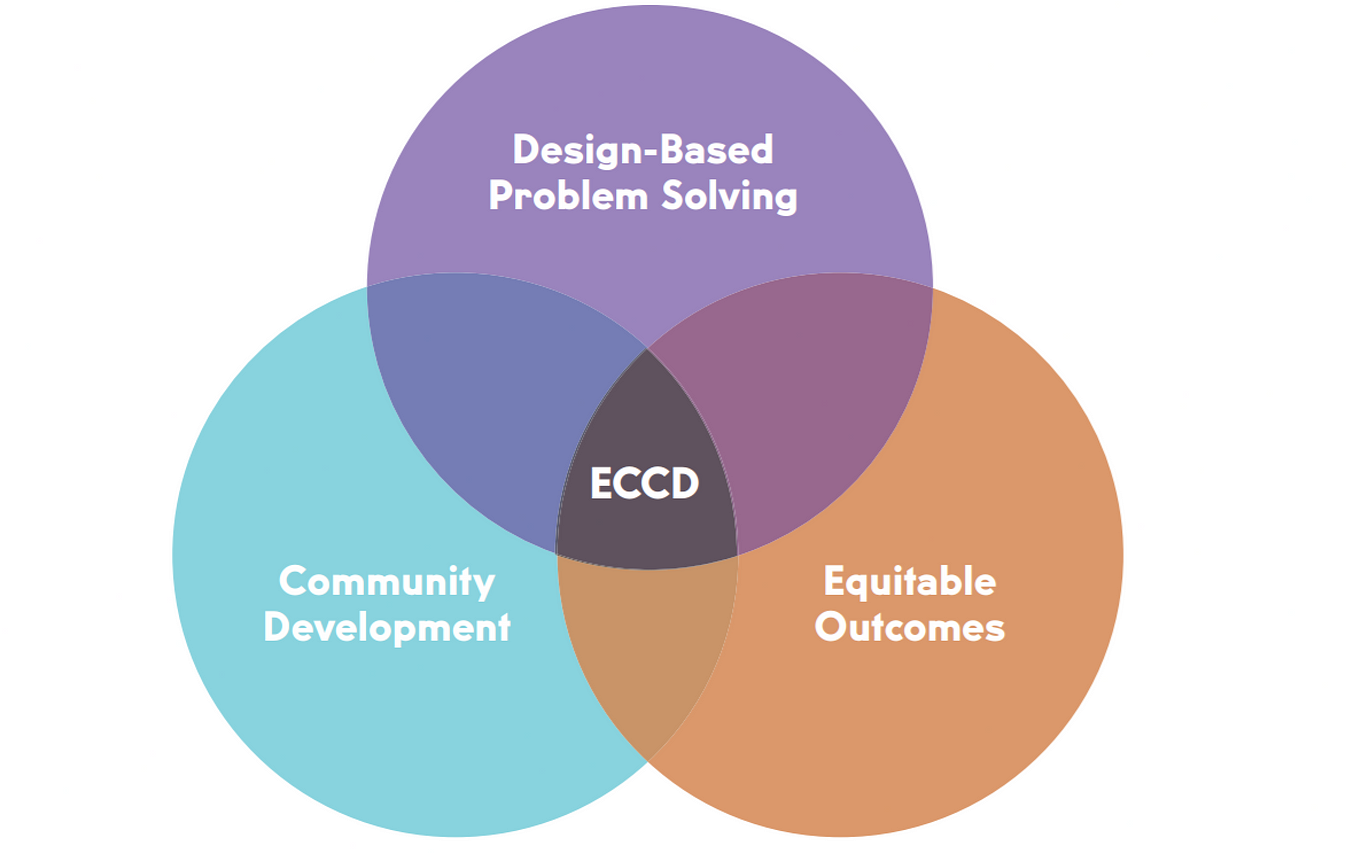Human-centered design backbone of design thinking. It helps us strategize and provide a better understanding of who we are designing for how we can place them at the center of a system. From Jay Doblin to Don Norman, we follow their writings to design (or redesign) systems, services, and products from the perspective of stakeholders. However, this design process has a flaw: It misses the importance of consideration of voices that are not heard.
Rethinking Perspectives

While working at the Education Design Lab, I have learned of a new perspective of design known as Equity Centered Design (ECD), which in contrast to human-centered design (HCD), focuses on re-centering people’s needs and voices in the design process. ECD seeks to increase representation across the design process and reduce assumptions in consideration of systems of oppression. ECD focuses on building communities and actively seeks out participants at the beginning of the design process.
Observing the practices at Education Design Lab and their focus on the community-centered design process shows how ECD is not just about equity but about building trust and creating meaningful impact across audiences. What ECD strives for is to increase representations and reduce assumptions. It is about learning around us and allowing marginalized voices to drive inclusive and innovative results. When working at Education Design Lab, applying ECD often led to more engaging conversations, which developed into a better understanding of how traditional systems work (as well as where it does not work).
Rethinking Lens
When it comes to ECD or any design process, what's most important is to adapt to context. By understanding what you need you can orientate ECD to your advantage. Through the lens, understanding historical and social systems around the issue is important to better contribute to the communities you aim to work with. It is important to think critically and develop ways to bring people to the forefront of design. From research, working at the lab, and discussing with co-workers, there are a few principles to follow for ECD:
- Acknowledgement: It's important to acknowledge your lens and biases as when you do so it can help us better listen to learn from others.
- Respect: Know the history, and understand the impact that others have been through.
- Compassion: Understand how other people feel and design towards it.
- Design: Developing with intent and with the lens of others in mind.
As we go forward and observe barriers within systems, it's about bringing people first and providing a voice. Through equity-centered design, it helps provide a better understanding of the experience of others and design with intent. It is a step to bring design further and bring inclusivity forward.
Reference Points:
Tapper, Julius. All for One, Not One for All: The Power of Equity-Centered Design, 11 Aug. 2022, www.deloittedigital.com/us/en/blog-list/2022/ethos-equity-centered-design.html.
Raz, Ariel. “Equity-Centered Design Framework.” Stanford d.School, 7 June 2021, dschool.stanford.edu/resources/equity-centered-design-framework.
Design Thinkers Academy, www.designthinkersacademy.co.uk/wp-content/uploads/2022/11/introduction-to-equity-centered-design.pdf.
No Comments.